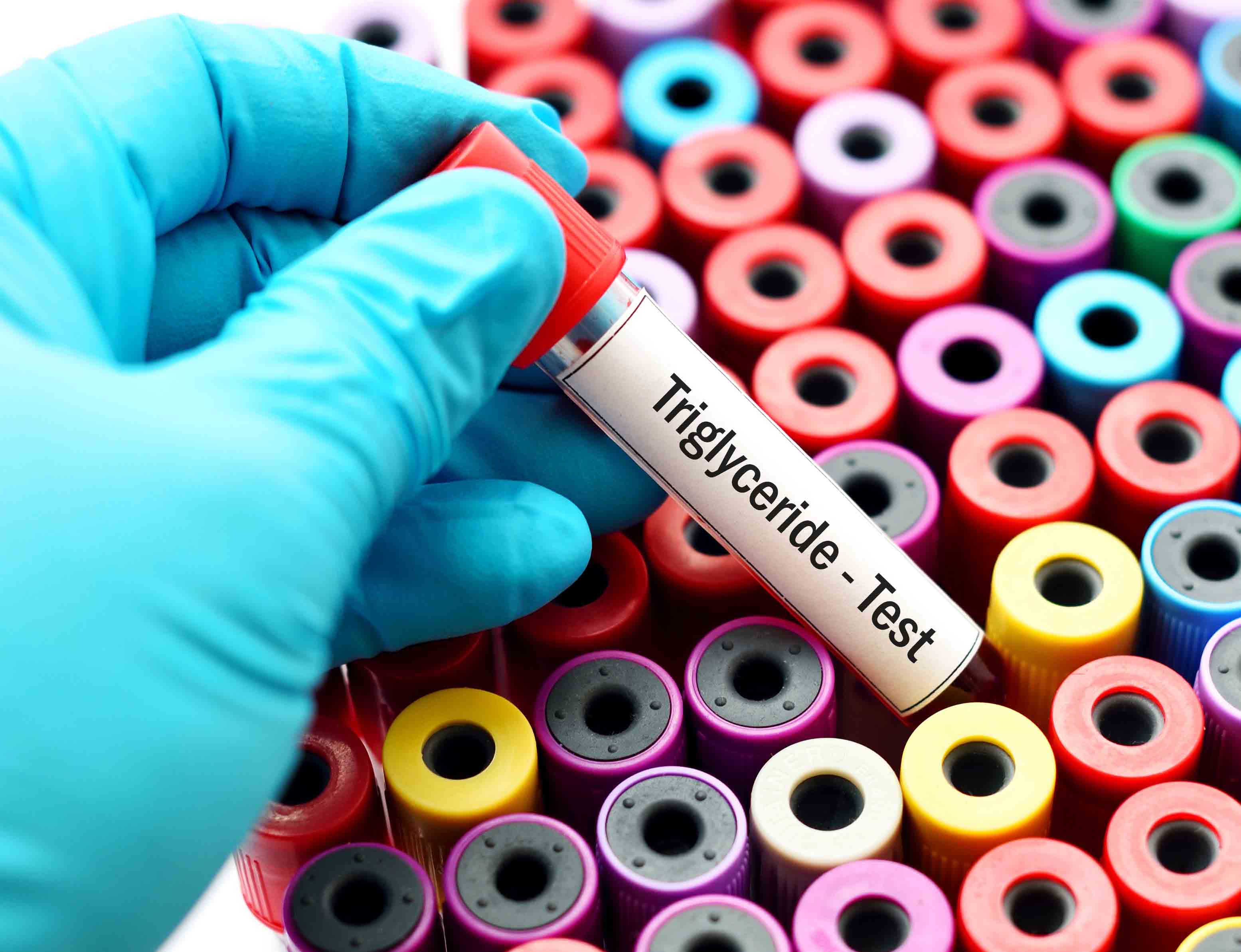
Triglycerides are categorised as a different type of fat to cholesterol. Upon digesting food, the body will change all unused calories in a metabolism system into triglycerides and keep them in fat cells. Triglycerides will then be released by hormones as a form of energy reserve.
Triglycerides are a form of unused calories, while cholesterol is caused by consumption of foods rich in fat. Cholesterol is used by the body to form certain cells and hormones.
High triglyceride levels can increase the risk of heart diseases. Lack of exercise can also send triglycerides to spike in the blood due to excessive calories.
Triglyceride levels need to be controlled in order to help physicians set the risk of heart diseases. High triglyceride levels can signal pancreatic inflammation and the risk of arteriosclerosis. Arteriosclerosis takes place when fat accumulates in the artery which increases the risk of heart attack or stroke. The calculation is done by showing the profile of triglycerides in the blood:
- Triglycerides in blood are less than 150 mg/dL
- Triglyceride upper limit is between 150-199 mg/dL
- High triglyceride level is between 200-499 mg/dL
- Very high triglyceride level is over 500 mg/dL
A healthy lifestyle is key to lower your triglyceride levels in order to avoid negative effects. Here are a few tips:
- Lose weight.
- Limit calories intake. The more calories you consume, the higher the risk of triglycerides.
- Avoid sweet and processed foods. Carbohydrates such as sugar and flour-based food can increase triglycerides.
- Choose healthy fat consumption.
- Limit alcohol intake. High calories and sugar in alcohol and affect your triglycerides.
- Exercise regularly.
Text by Rezky Zakiri
Stock photos from Google Search Images
Source(s):
- Triglycerides: Why do they matter? (2015). https://www.mayoclinic.org/diseases-conditions/high-blood-cholesterol/in-depth/triglycerides/art-20048186, August, 2018.
- Triglyceride Level Test (2017). https://www.healthline.com/health/triglyceride-level, August, 2018.